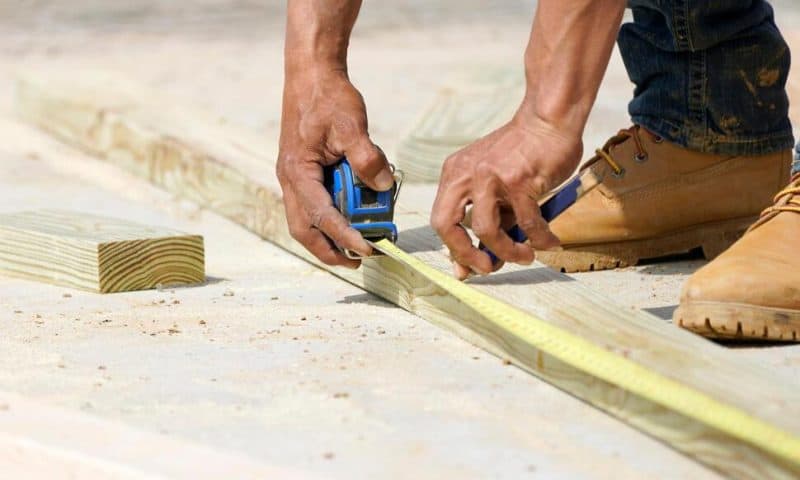Homeowners have been spending more for renovations in recent years, as high interest rates and inflation drove up costs for everything from flooring to refrigerators
LOS ANGELES — Homeowners have been spending more on home renovations in recent years, as high interest rates and stubbornly high inflation drove up costs for everything from flooring to refrigerators.
The home improvement spree got particularly heated early in the pandemic, when Americans invested to make their homes better suited for remote work and learning. But the home improvement frenzy appears to be cooling.
Harvard University’s Joint Center for Housing Studies’ latest leading indicator of remodeling activity, or LIRA, suggests homeowner spending on renovations and repairs will fall to $449 billion this year. That would represent a roughly 7% drop from 2023.
Spending on home remodeling was down 1.2% in the first quarter from a year earlier — the first annual decline in more than a decade. Historically, annual growth in home improvement spending has averaged 5%.
Many factors are contributing to the slowdown, including elevated interest rates, stubbornly high inflation and a national home sales slump. Home sales are one of the biggest drivers of spending, with homebuyers typically investing most heavily in upgrades or repairs in the first three years after buying their home.
“Sales are just really critical for a lot of remodeling activity,” said Abbe Will, a senior researcher at the JCHS.
The housing market remains constrained by the inventory of homes on the market, mortgage rates and rising prices. Those trends suggest slower home improvement spending growth, at least through the first quarter of 2025, according to the JCHS report.
“We are projecting declines going into the first part of next year, but certainly our trend suggests that we might see a bottom to the market this year,” Will said.
For homeowners considering renovation projects, this means it may be easier to schedule a contractor, but don’t bank on lower prices. Costs for construction, remodeling and labor will remain high, Will noted.
Here are five ways to help keep a lid on costs in your next home improvement project:
1. CONSIDER HOME VALUE IMPACT
Sometimes less-costly upgrades like a new front door can offer a better return on investment than more expensive projects.
A recent analysis by home construction industry tracker Zonda found that upgrading the outside features of a home, such as a garage door or front entrance, typically helps boost a property’s resale value and the project’s return on investment, or ROI.
“When it comes to adding resale value to a home, exterior replacement projects continue to make the most sense,” said Clay DeKorne, chief editor of Zonda’s JLC Group. “Discretionary projects like an upscale bathroom or kitchen remodel will feel valuable to those who make the selections but won’t provide nearly as much return to sellers.”
2. SHOP AROUND
Some projects, like painting a room, you may be able to do yourself. Major renovations will require more leg work to find the right contractor and get estimates on building materials, appliances or other needs. The more you know upfront, the better prepared you’ll be to anticipate any potentially costly snags.
3. SET EXPECTATIONS
Delays happen. It could be a surprise repair detour when demolishing a wall to expand a bathroom in an older home, or the light fixture or window style you want isn’t available for several weeks. Factor in more time than you think you’ll need.
4. PRIORITIZE MAINTENANCE
Replacing siding or water-proofing the wood on an outdoor deck may not be the most exciting renovation, but it will save you money in the long run, says Heather Cook, a broker-agent with Real Brokerage in Charlotte, North Carolina.
“You need to take care of these maintenance items because they’re going to creep up on you and cost you ten times as much later,” she said.
5. CHECK YOUR INSURANCE COVERAGE
Another potential cost you’ll want to avoid: Expenses for fixing accidental damage to your home during a renovation.
If you hire a contractor to do the work, get proof they’re insured.
And after the work is done update your insurer so the upgrades are accounted for in your policy. Most insurers require that homeowners carry insurance for at least 80% of their home’s replacement value to ensure full coverage for repairs or rebuilding after a loss, according to the Independent Insurance Agents & Brokers of America.

